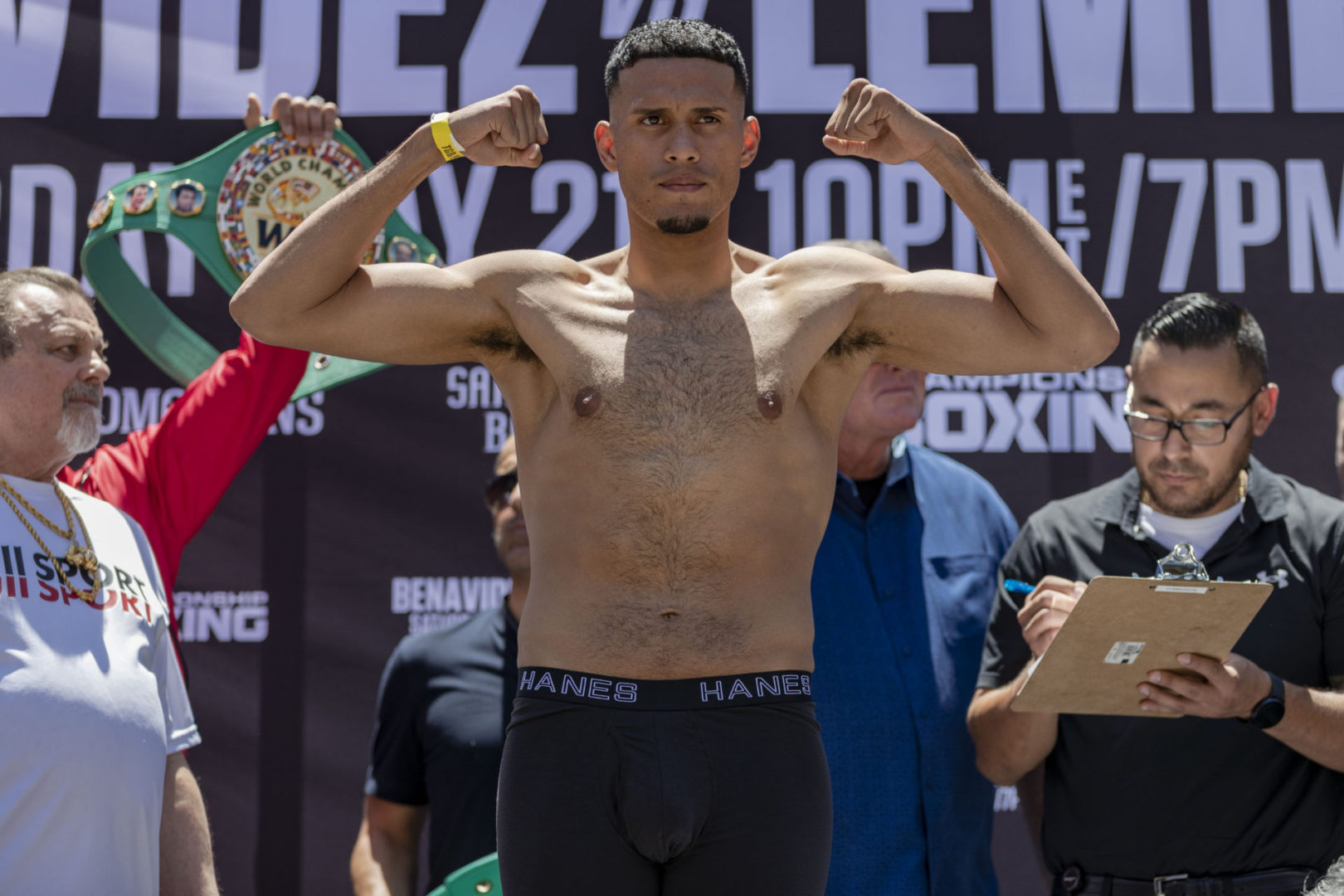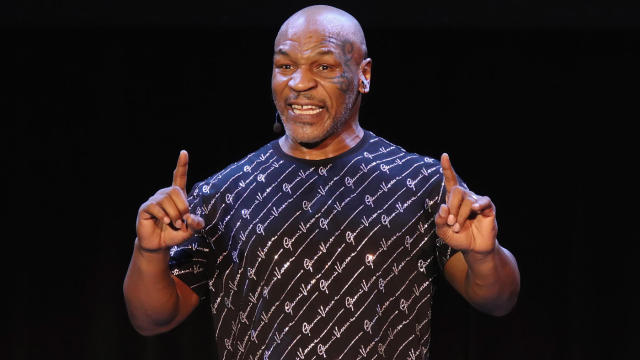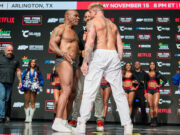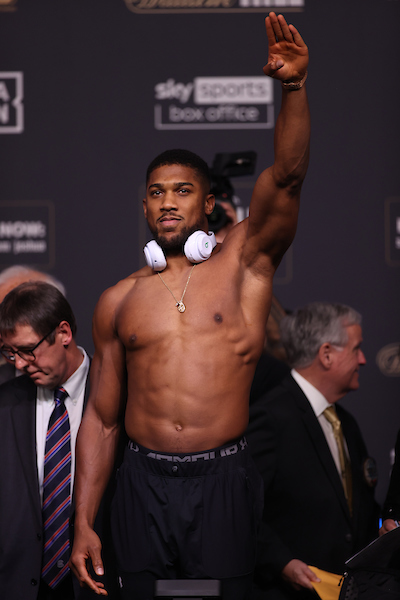
By Bart Barry-
SAN ANTONIO – No reprieve. The grim numbers grow grimmer each evening as a fine local publication, RivardReport, sends its weeknightly communique detailing this city’s latest COVID-19 stats. The mortality rate, across Texas, remains suspiciously low. Attempts to attribute deaths to pneumonia and influenza, successful in the late winter and early spring, now look craven in summertime – and so the numbers of dead grow no matter efforts to suppress them.
If we never knew the economic might of local schoolboards it was a failure of our collective imagination. As small schoolboards vote to keep classes virtual till round Thanksgiving, employers’ return-to-office plans get suspended. In its tragic way there’s something charming about five-person independent schoolboards effectively telling multinational corporations what they can’t do with 200,000 employees. There’s a messy vitality to it; decentralization breeding quirky consequences.
None of this helps our beloved sport’s hibernation. Last week brought more postponements and cancelations in boxing, while Canada forbade American baseball players from migrating, and the inevitable day Americans will have to begin sneaking across Mexico’s northern border drew a bit closer. In a few weeks’ time DAZN will begin broadcasting anonymous British prizefighters the way ESPN has broadcasted anonymous North and South Americans, in an effort to prove that boxing-mad Brits aren’t yet mad enough to tune-in for unattended smokers.
There’s nowhere to go, then, and nothing to watch, so we recede deeper in literature or depressants, or both, and that brings us an idea for this week’s column. Some of our language’s greatest poetry must be read aloud to be understood, reading it aloud makes it not only accessible but many times more entertaining, and so, perhaps, acting-out our favorite combinations might help us be better entertained by prizefighting if it returns. Geoffrey Chaucer and Sterling A. Brown, poets separated by an ocean and about 700 years, specifically are two men whose seminal works I’ve been enjoying for a while and thought to write about.
Most of us, probably, are familiar with Chaucer’s Canterbury Tales, at least a couple of them, for enduring them in highschool literature classes. I remember the Pardoner and the Wife of Bath and none others from a week of 11th-grade English. Years later I returned to Chaucer and got an abridged copy with Chaucer’s original text on the right page and a modern-English translation on the left and had trouble believing how much more fun they were than I remembered. There were no affordable copies of the unabridged text, alas, and so I read what 300 pages were available and put Chaucer away. A couple years later, unbeknownst to me, Penguin Classics published all 800 pages of Chaucer’s Tales in their original prose, an English that preceded Samuel Johnson’s dictionary by 350 years. Read silently, they are mostly nonsensical, and read aloud they are fabulous (here Chaucer describes a monk):
And for to festne his hood under his chin
He hadde of gold ywroght a curious pin;
A love-knotte in the gretter ende ther was.
His heed was balled, that shoon as any glas,
And eek his face, as he hadde been enoint;
He was a lord ful fat and in good point.
His bootes souple, his hors in greet estat.
Now certeinly he was a fair prelat;
He was nat pale as a forpined goost.
A fat swan loved he best of any roost;
Sterling A. Browne came out a tradition very different Chaucer’s and sought to capture a different form of the same language, one of still greater vitality and messiness (from “Sister Lou”):
Then, when you gits de chance,
Always rememberin’ yo’ raisin’,
Let ‘em know youse tired
Jest a mite tired.
Jesus will find yo’ bed fo’ you
Won’t no servant evah bother wid yo’ room.
Jesus will lead you
To a room wid windows
Openin’ on cherry trees an’ plum trees
Bloomin’ everlastin’.
An’ dat will be yours
Fo’ keeps.
Den take yo’ time. . . .
Honey, take yo’ bressed time.
Reading these poems aloud summons their flavor like coffee and hot chocolate do Mexican pastries (which otherwise taste heavy and flat), and since we’re mixing and mashing metaphors up and down this column, let’s go another step:
Not till the lads at San Fernando Gym began rehearsing The Marquez in 2010 – left uppercut, right cross – did the combination make nearly so much sense to us. We’d seen Juan Manuel employ the combination to surprising effect. (Hell, a few of us saw him snatch the fighting spirit right out Rocky Juarez in 2007 with a preposterous right-uppercut lead, being hit by which sent Juarez slumpshouldered back to his corner wondering why he even bothered.)
Throwing The Marquez on a bag, heavy or uppercut or double-end, taught you instantly its wisdom – just how far off centerline the uppercut took your head, just how fullcocked it made your lead shoulder, just how symmetrically it set your guard, just how fully it let you put your right shoulder to the cross. None of us got any of its defensive virtue, though, till we began throwing it to imitate our sport’s finest finisher. Till we began reading it aloud, as it were.
Something different happened a few years earlier in Phoenix when Donnie Orr, a Canadian middleweight, taught me how to read Yori Boy Campas aloud. He showed that many of Campas’ lefthooks to the body were actually double hooks, the first to knock the opponent’s right elbow out the way, the second to attack the liver, and not until I’d spent years trying to get the timing and balance right on the heavybag – if you unload with the first, there’s nothing on the second – did I appreciate how much more than a shortarmed attrition fighter Campas was (along with being a delightful and gracious interview).
Reading Chaucer and Brown then shadowboxing your favorite fighters’ greatest hits – what else have you got to do?
Bart Barry can be reached via Twitter @bartbarry
























